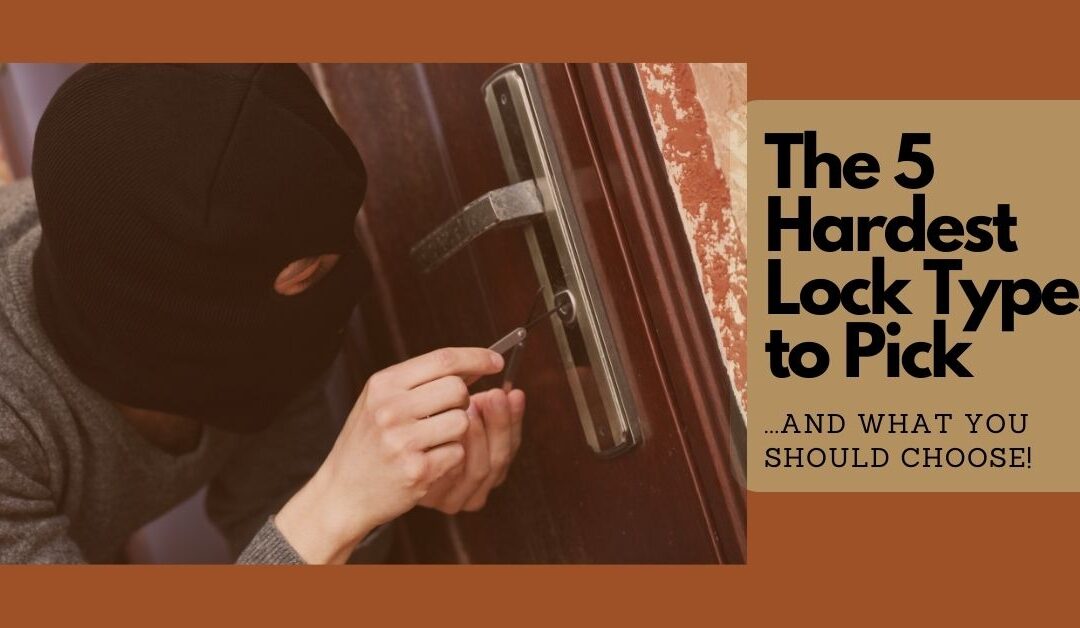Every lock can become a target of lockpicking. However, there are some locks that are susceptible to picking—usually, those considered low-security locks. Meanwhile, the remaining lock types are mostly vulnerable to lock picking. But which lock types should people use in their homes? Here are some ideas.
High-security locks are an essential part of keeping your home or business safe. They are designed to be challenging to pick and usually come equipped with special pins that make bypassing them very difficult.
1. High-Security Locks
These locks are often used in commercial establishments and government buildings, as they provide a high level of security. For example, the US State Department uses high-security locks to protect its facilities.
2. Half-Deadbolts
A half-deadbolt is a type of lock often used in conjunction with another lock, such as a doorknob. These locks are designed to provide an extra layer of security and are often used on doors considered high-traffic areas.
Homeowners can install them on the door near the doorknob and require a key to be turned to engage the bolt, making them more secure than traditional door knob locks, as criminals cannot easily bypass them.
3. Keyless Entry Locks
Keyless entry locks are becoming increasingly popular, especially in high-tech homes. They eliminate the need for keys, making them an excellent option for people constantly losing them or for people who want to limit the number of keys they carry on their person.
There are many keyless entry locks, but the most common are biometric locks, which require a fingerprint scan to unlock. Other options include keypads, which need a code to be entered, or radio frequency identification (RFID) locks, which use an electronic key fob.
4. Smart Locks
Smart locks are an excellent security upgrade for your home. They allow you to remotely lock and unlock your doors, set up temporary access for guests, and receive alerts when someone enters or exits your home.
One of the most significant advantages of a smart lock is the increased security it can provide. With a traditional lock, anyone with a key can enter your home. However, with a smart lock, you can set up unique access codes for each person who needs to enter your home.
5. Magnetic Locks
Magnetic locks are used in high-security applications, such as government buildings and data centers. They use a strong magnet to keep the door closed. Magnetic locks are also used in commercial applications, such as retail stores and office buildings.
Magnetic locks are highly secure because they use an electromagnetic field to lock the door. The field is generated by an electromagnet, which is powered by an electric current. When the current is turned off, the magnetic field is disabled, and the door can be opened.
How to Prevent Lock Picking and Bypassing
The best way to prevent lock picking and bypassing is to use high-security locks. High-security locks are designed to be resistant to picking and bypassing. They typically have special features, such as hardened steel cores, that make them more difficult to pick or bypass.
Conclusion
In addition to using high-security locks, homeowners can also take other measures to prevent lock picking and bypassing. For example, they can install locks that are difficult to pick, such as deadbolts. They can also use security devices, such as door chains or bars, to make it more difficult for someone to force their way into their homes.
Allied Lock and Door is a local locksmith in Cincinnati, Ohio, offering door lock installation services. We take pride in providing quality door service, helping homeowners and businesses get the protection they need against criminals trying to get into their properties. Book an appointment on our website today, and remember that your safety is our success.

